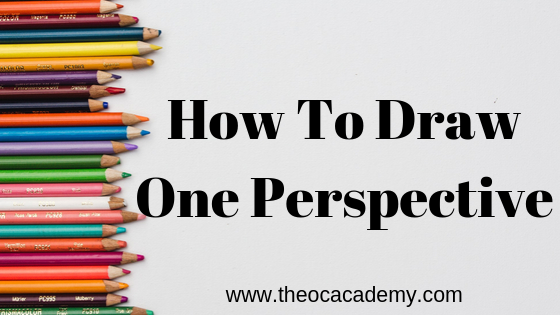Draw from Life
Drawing from life is a complex and challenging form of art because you are subject to multiple sources changes regarding the movement of the subject and the artist's point of view. When drawing from life, the artist is subject to a plethora of viewpoints, as well as an accurate depiction of the proportions of the subject. This is unlike a photo which can be distorted by the lens or manipulated or digitally altered to become more appealing to the eye.
Master Pencil Techniques
Pencil techniques will allow you to make your medium an extension of your body. It will allow you to strategically and masterfully utilize your medium to the point that you can manipulate it skillfully to meet the needs of your work.
Use References
Drawing from a reference will help you as an artist to obtain a clear picture of what you are creating. Similar to drawing from life. If you are unclear about or uncertain of how to draw something. There is no use in forcing yourself to try and create the piece, the proportions will most likely be off and you may miss key characteristics of the subject you are aiming to recreate. A best practice is to use a reference to guide you through the work. Please note that I said to reference and not COPY or STEAL.
Draw Daily
Practice makes perfect, so take advance of it. Drawing is a skill, and you will only get better the more that you practice. I have been practicing art since I was in elementary school and each day, I learn a new skill or adapt a new technique whenever I am working on a piece. I would like to note here that though you will grow in skill level the more you practice drawing, but this is also contingent upon you drawing accurately. This means kicking bad habits and executing the techniques properly or at least to the best of your capabilities. This is not to say that you will not grow if you fail to do so, but it does help exponentially.
Learn the Principles of Design and Apply Them to Your Work
The Principles of Design are an essential tool when you are looking to quickly and effectively grow as an artist. Though I will not be going into detail in this post here is an article explaining "Getting to Know The Elements and Principles of Design".
A list of The Principles of Design are as follows:
01. Balance
02. Emphasis
03. Movement
04. Pattern
05. Repetition
06. Proportion
07. Rhythm
08. Variety
09. Unity
Learn the Elements of Design and Apply Them To Your Work
Just like the principles of design, the elements of design are very useful and essential when it comes to enhancing your work. Again, I am not going to go into much detail about the elements here but you can read more in my article "Getting to Know The Elements and Principles of Design".
A lost of The Elements of Design are as follows:
01. Line
02. Shape
03. Space / Size
04. Value
05. Color
06. Texture
Learn to Shade
Shading, along with coloring, can add that much-needed pop to your artwork, especially if you are well versed in color theory. Shading also allows an artist to render their 2D work into a 3D figure.
Understand The Basics of Color Theory
Color theory, along with shading allows an artist to show expressions, context, and dimension in their work. When an artist strategically applies color to their work, it adds to the story that the creator is trying to tell and it also brings to life their work. On another note, adding color also shows an added effort on the artists part. It also showcases the artist ability to render and articulate an understanding of color theory as a creator.
Learn to Recognize Shapes
As an artist, one of the most basic things you will learn when it comes down to creating a piece is to break down the subject into its most basic shapes and build from there. When you are able to express the basic shapes of an object or subject, you displaying a true understanding of what it is you are creating.
Set Goals
Start with the end-goal in mind. Who in the art community do you look up to? Who's art would you like to mimic? What will it take for you to get to that level of mastery? Once you know what type of art he wants to create, you will be able to research the best techniques, principles, and concepts around your chosen style of art that will best allow you to develop the skills needed to master your work.
Learn to Hold Your Utensils Correctly
When you draw, it is best practice to hold your pencil correctly. When holding your pencil, hold it as though it were a piece of charcoal and use the side of the lead when drawing. This method not only makes the pencil an extension of you, but it helps to keep the lead sharer for a longer period of time.
Understand Your Mediums
In addition to knowing how to hold your medium. It is also important for you to know how your medium actually works. What can you mix it with, what should you avoid? What are the limitations and capabilities of your medium? Once you know your medium, you will be able to manipulate it to fit your needs.
Plan Out Your Drawings
Planning out your work makes the overall drawing easier to accomplish, it also helps in making your finished piece look well put together.
Use Thumbnails and Color Swatches
Along with planning your drawings come thumbnails and color swatches, this again allows you to make the finished piece look well put together. This also allows you to get a feel for your work before ever truly committing to it and then halfway through, realizing that you do not care for the work and wind up trashing the entire piece.
Liked the content? Want to Stay Connected? Join Our Facebook Group "Drawing 101- Learn to Draw" Today!









0 Comments